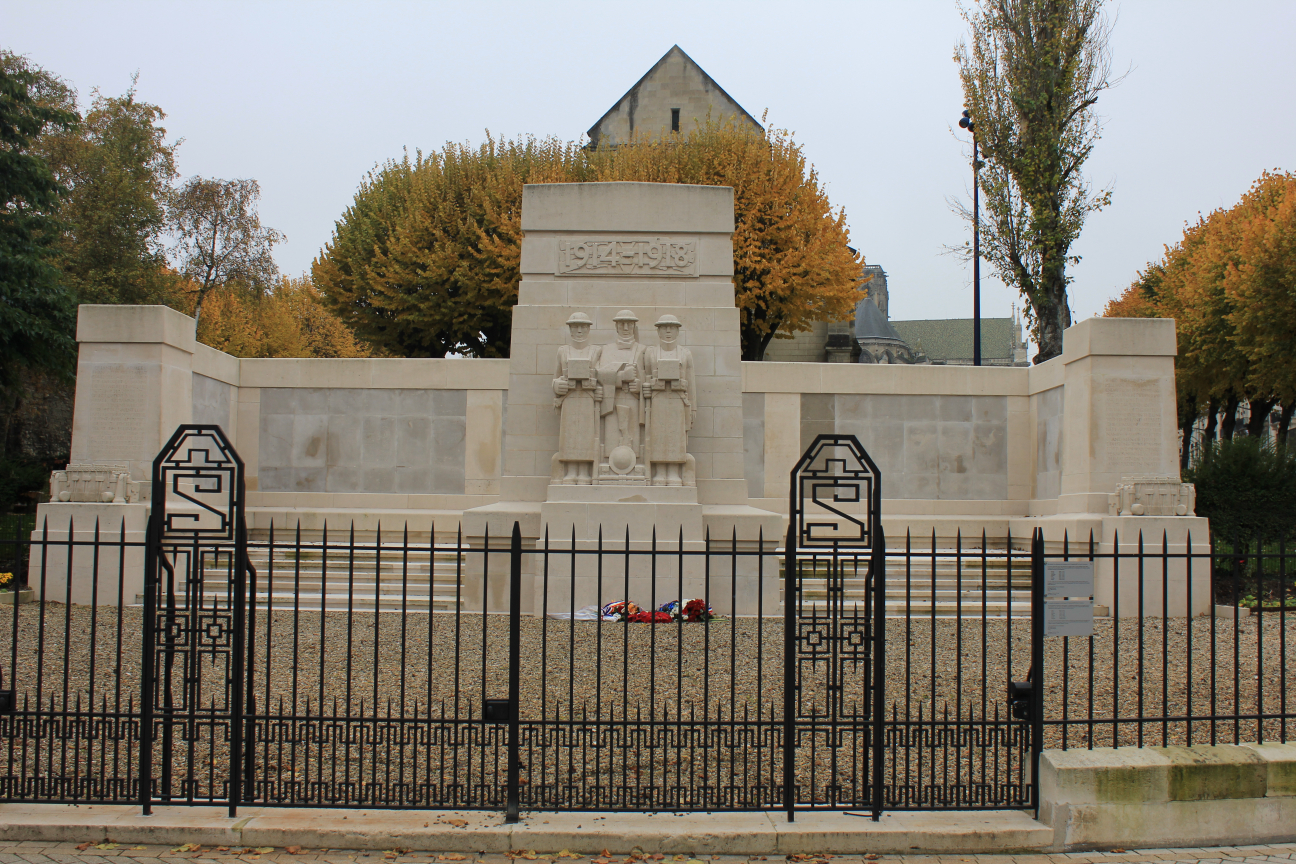John Lynes
Date of birth: 1891
Date of death: 27.05.1918
Area: Outwood, Wakefield
Regiment: Royal Field Artillery
Family information: Husband of Lydia Lynes nee Whiteley
Rank: Gunner
Service number: L/19514
War Service
Shortly after the outbreak of war, when employed at Parkhill Colliery, John Lynes enlisted in the army, joining the Royal Field Artillery. After his training in England, on 30th December 1915, he was posted to France. Shortly afterwards, on 20th January 1916, his daughter Annie was born at Harrison’s Buildings, Newton Lane, Outwood.
Gunner Lynes was drafted to the 50th Trench Mortar Battery, part of the artillery section, of the 50th (Northumbrian) Division. Because it was portable and easily used from the trenches, the trench mortar was used in a variety of roles, particularly in close support of the infantry. The mortar was also used for the suppression of an enemy machine gun and sniper posts.
The 50th Division was a Territorial Force, which was mobilised for war service on 5th August 1914 and deployed to the western front in April 1915. The Division assembled around Steevoorde and almost immediately went into battle against the enemy, who had just attacked nearby Ypres with poison gas. In 1916 the Division was in action at the Battle of the Somme and, in 1917, at the Battles of the Scarpe and at Passchendaele.
In April 1918 the 50th Division fought at Estaires and Hazebrouck, during the German offensive on the Lys. Their efforts during April had greatly weakened the 50th Division and as a consequence, they were transferred to a comparatively quiet sector between Soissons and Reims for recuperation and re-organisation. Here the 50th Division, along with other British Army Divisions, came under the command of the French Army.
The 50th Division was deployed along the Chemin-des-Dames ridge, on the left of the British line, with the French Corps on their left. In the early hours of 27th May, the enemy artillery began an intense bombardment onto the Allied front line, which lasted almost four hours. The bombardment, which caused numerous casualties, was followed immediately by an infantry assault. Within six hours the German infantry had carried the Chemin-des-Dames ridge and reached the River Aisne. By the end of the day the German infantry had advanced twelve miles and on 30th May were within 35 miles of Paris. However they now encountered problems with supplies, lack of reserves and fatigue. Their advance was finally halted by the new American Divisions at Chateau Thierry and Belleau Wood.
Gunner John Lynes was reported missing, believed killed in action, on the 27th May 1918. His body was not recovered from the battlefield and consequently his name is remembered on the Soissons Memorial. The Soissons Memorial commemorates 4,000 officers and men of the British Forces, who died during the Battles of the Aisne and Marne in 1918 and who have no known grave.
Family Life
John Lynes was born in 1891, the son of John Lynes and his wife Bridget, formerly Cosgrave. His parents had three other children and were living at Firth Road, West Melton, Wath upon Dearne. At this time his father was employed as a coal miner. Before the turn of the century the family moved to Normanton where another daughter, Alice Ann, was born. Shortly afterwards the family fell on hard times and the 1901 census shows their mother and three youngest children, including John, inmates at the West Riding Workhouse at Wakefield. However the children were attending school. Upon leaving school, John Lynes found employment in the coal mines and for a time was a boarder at the home of Thomas and Rose Atkinson, at Marshland Street, Wakefield.
On the 1st November 1913 John Lynes of Leonard Street, Belle Vue, married Lydia Whiteley of Leeds Road, Outwood at St Mary Magdalene Church, Outwood.
 Soissons Memorial
Soissons Memorial

